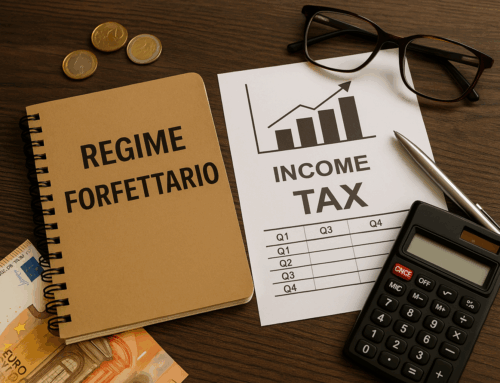Automatic and Free Extension from 2025: Maximize Your Benefits Under Italy’s Impatriate Tax Regime 2024-2025

Great news if you’ve relocated to Italy! Starting in 2025, Italy’s impatriate tax regime offers an automatic and entirely free five-year extension of tax benefits. You no longer need to pay the lump-sum fee previously due by June 30.
How to qualify for the extension?
To automatically qualify for the free extension, you only need to meet one of the following conditions:
- Have at least one minor or dependent child.
- Purchase a residential property in Italy within 12 months before or after relocating.
Taxation during the additional five-year period will be particularly advantageous:
- 50% taxable income if meeting at least one condition above.
- Just 10% taxable income for taxpayers with three or more minor children.
What’s new from 2024?
Starting January 1, 2024, Legislative Decree No. 209 (December 27, 2023) introduced significant changes:
- Preferential taxation at 50% (previously 70%) for employment and professional income up to 600,000 euros annually.
- Business income no longer eligible.
- Minimum foreign residency requirement raised to 3 years (6-7 years for continued employment with the same employer/group).
- Further reduction in taxable income to 40% if having at least one minor child residing in Italy.
Essential steps
Employees must inform their employers about eligibility by the end of 2024 to immediately benefit from reduced withholding tax from January 2025. Delays merely shift the financial timing.
Self-employed taxpayers will need to declare their eligibility for the extension in their 2026 REDDITI PF return.
Be Mindful of Requirements
You must maintain eligibility conditions throughout the extended period. An early property sale could retroactively revoke the benefit.
Strategically Evaluate Your Options
Carefully assess the cost-benefit ratio of property acquisition: the tax savings could be substantial but must be weighed against the associated costs.
In conclusion
The new regulations simplify and enhance the attractiveness of Italy’s impatriate tax regime, though they require careful documentation and strategic fiscal planning—crucial for effectively integrating this opportunity into corporate and individual international mobility strategies.



